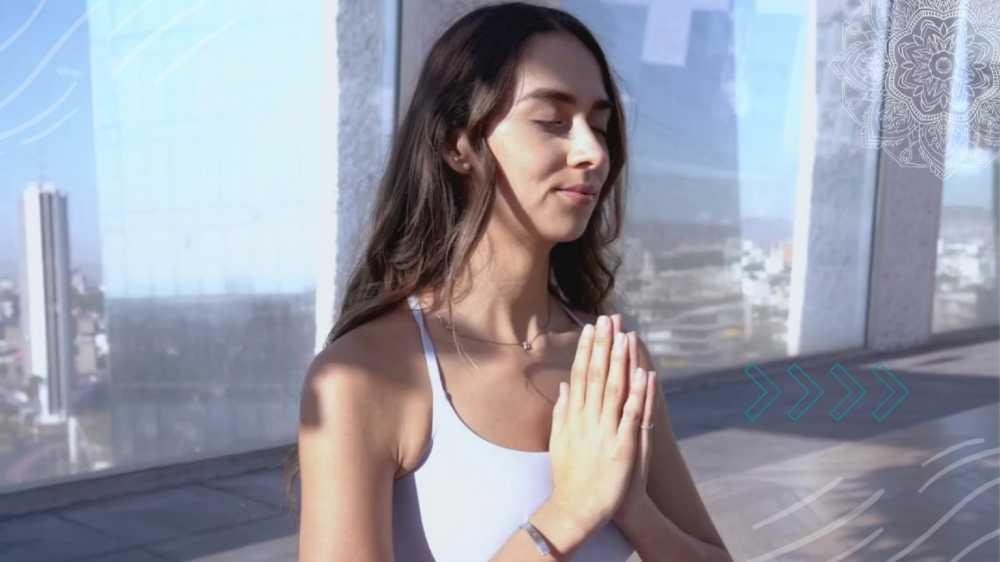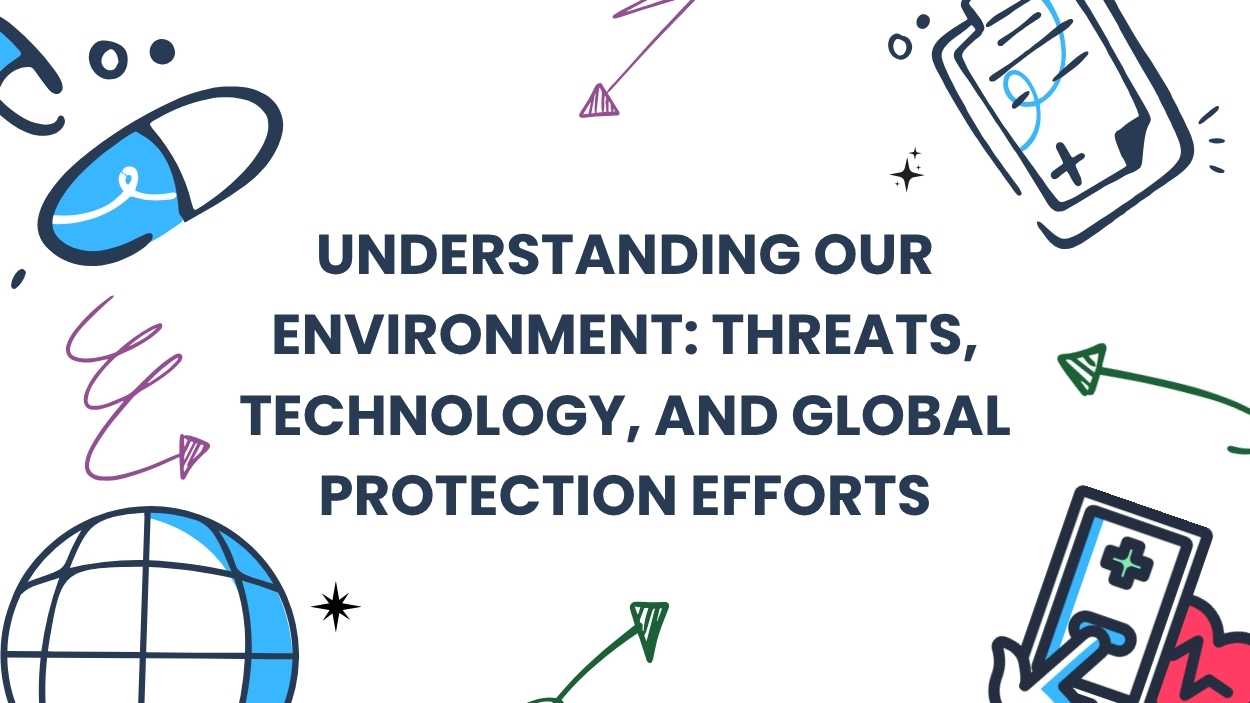In an age of constant noise and information overload, the search for stillness has become more urgent than ever. Practices like mindful self-compassion, mindfulness meditation, and minimalism are no longer just wellness trends—they are profound life philosophies that teach us how to live with awareness, simplicity, and kindness toward ourselves. Through meditation, relaxation techniques, and mindful living, we can learn to calm the restless mind, manage anxiety, and reconnect with the present moment. The mindful path isn’t about escaping reality but embracing it with clarity, openness, and compassion.
Understanding Mindfulness: The Art of Presence
Mindfulness is the practice of paying attention, on purpose, to the present moment without judgment. It is the foundation of emotional balance and self-awareness. Originating from ancient Buddhist teachings and popularized in the modern era by pioneers like Jon Kabat-Zinn, mindfulness has become a cornerstone of mental health. It allows us to witness our thoughts rather than be ruled by them. When we practice mindfulness, we learn to slow down, breathe deeply, and engage fully with our surroundings. Whether through mindfulness for anxiety, mindfulness for depression, or general self-awareness, this approach helps us find peace in the midst of chaos.
The Power of Mindful Self-Compassion
Mindful self-compassion combines mindfulness with kindness toward oneself. It encourages us to respond to failure, pain, or emotional struggle not with harsh criticism, but with understanding. When we learn to treat ourselves as we would a dear friend, we open the door to healing and resilience. This practice reduces the cycle of stress and perfectionism that often leads to burnout. Instead of trying to “fix” emotions, mindful self-compassion teaches acceptance. It’s a powerful way to overcome anxiety and restore balance, helping individuals replace inner judgment with inner support.
Meditation: The Gateway to Calm and Clarity
Meditation has been practiced for centuries as a method of achieving stillness and insight. Today, it serves as a science-backed tool for stress reduction, focus, and emotional healing. From Vipassana meditation rooted in the teachings of Buddha to modern techniques like guided breathing meditation and Jose Silva meditation, each method invites the mind into deeper awareness. Meditation to relieve stress or meditation for mental health allows us to observe thoughts and emotions without attachment. Practices like David Lynch’s transcendental meditation or Sharon Salzberg meditation emphasize repetition and compassion, training the mind to rest naturally.
Vipassana and Buddhist Mindfulness
Vipassana meditation, often called “insight meditation,” is one of the oldest forms of mindfulness practice. Originating from the teachings of Buddha, it focuses on observing the breath, bodily sensations, and impermanence. The Buddha Vipassana meditation and similar approaches such as Vespana meditation are structured around the direct experience of awareness itself. Practitioners gradually dissolve mental barriers by noticing sensations without reacting to them. Over time, this practice cultivates equanimity—a deep sense of peace unaffected by external circumstances. Vipassana is not about escape; it is about seeing clearly, allowing one to experience the truth of the present moment.
Mindfulness and Anxiety: Healing Through Awareness
Anxiety thrives in uncertainty and overthinking, but mindfulness offers a grounded alternative. Through mindfulness and anxiety practices, we learn to bring attention to what is happening now instead of worrying about what might happen next. Mindfulness for anxiety exercises such as deep breathing relaxation and guided breathing meditation can reduce physiological stress responses. Similarly, meditation to calm the mind and relaxation exercises for sleep reprogram the body’s stress patterns, creating an inner rhythm of calm. Over time, mindfulness retrains the brain, teaching it to respond to life’s challenges with curiosity instead of fear.
Meditation for Stress Management and Relaxation
Stress management begins with self-awareness. Meditation for stress management and stress reduction meditation work by lowering cortisol levels and shifting the nervous system into a relaxed state. Techniques like deep breathing relaxation exercises, body scans, or third eye meditation help release physical tension and emotional fatigue. Even short, daily sessions of meditation and mindfulness can reduce the effects of chronic stress. For many, meditation becomes a sanctuary—a mind space where clarity returns and perspective expands. With consistency, stress no longer feels like an enemy but a message reminding us to pause and realign.
Minimalism: The Freedom of Less
Minimalism complements mindfulness by simplifying the external environment to reflect internal clarity. A minimalist lifestyle is not about deprivation but about intention—choosing what truly adds value to life and letting go of what doesn’t. This philosophy encourages balance in material possessions, digital consumption, and emotional commitments. The soft minimal movement has taken this concept further by blending minimalism with warmth, creating peaceful spaces that nurture well-being instead of stark emptiness. When we declutter our surroundings, we declutter the mind, making space for creativity, peace, and gratitude.
The Science of Meditation and Mental Health
Modern neuroscience confirms what ancient wisdom has taught for centuries: meditation changes the brain. Regular mindfulness meditation techniques strengthen areas responsible for emotional regulation, focus, and compassion. Practices like The Mindful Way Through Depression demonstrate how mindful awareness can ease symptoms of depression and prevent relapse. Mindfulness stimulates the parasympathetic nervous system, slowing the heart rate and lowering blood pressure. Studies on Jon Kabat-Zinn mindfulness programs and MBSR (Mindfulness-Based Stress Reduction) highlight how structured meditation improves well-being across age groups and professions. These scientific insights validate what practitioners feel—the mind can heal when given stillness and attention.
Exploring Advanced Meditation Traditions
Beyond basic mindfulness lie deeper explorations of consciousness. David Lynch transcendental meditation and transcendental meditation cost discussions have popularized mantra-based practices that focus on transcending ordinary thought. Meanwhile, the superconscious mind and third eye meditation traditions emphasize awareness beyond the intellect—accessing intuition, creativity, and universal connection. These advanced methods are not esoteric escapes but ways to deepen awareness. They remind us that meditation is a journey inward, where peace and potential coexist.
Mindfulness, Sleep, and Restful Awareness
Rest is not simply physical—it is mental restoration. For those struggling with insomnia or overthinking, relaxation for anxiety and relaxation exercises for sleep provide natural solutions. By integrating deep breathing, guided imagery, or body scanning before bed, the mind transitions smoothly into rest. Meditation to calm the mind before sleep can help slow racing thoughts, reduce anxiety, and promote deep relaxation. Sleep becomes not just a biological need but a continuation of mindful awareness—resting in stillness rather than escapism.
The Modern Mind Space: Creating Daily Awareness
In a busy world filled with notifications, distractions, and expectations, finding mind space is vital. Apps and movements like Mind Up encourage people to build moments of pause into daily life. Even five minutes of mindful breathing or reflection can re-center the day. Integrating mindfulness into small routines—morning coffee, walking, or deep breathing—turns ordinary activities into mindful rituals. This is the essence of living consciously: noticing life as it unfolds, moment by moment.
Conclusion: The Mindful Way to Live and Be
Mindfulness and meditation invite us to live not on autopilot, but with awareness and compassion. They teach us that peace is not the absence of challenges but the presence of clarity within them. Whether through Vipassana meditation, Jose Silva meditation, or modern guided practices, the journey is the same—to know oneself and to rest in that knowing. Combined with the simplicity of minimalism and the warmth of mindful self-compassion, this path offers more than relaxation—it offers transformation. The mind becomes a space of freedom, stillness, and gratitude, guiding us toward a life that feels lighter, calmer, and deeply alive.












